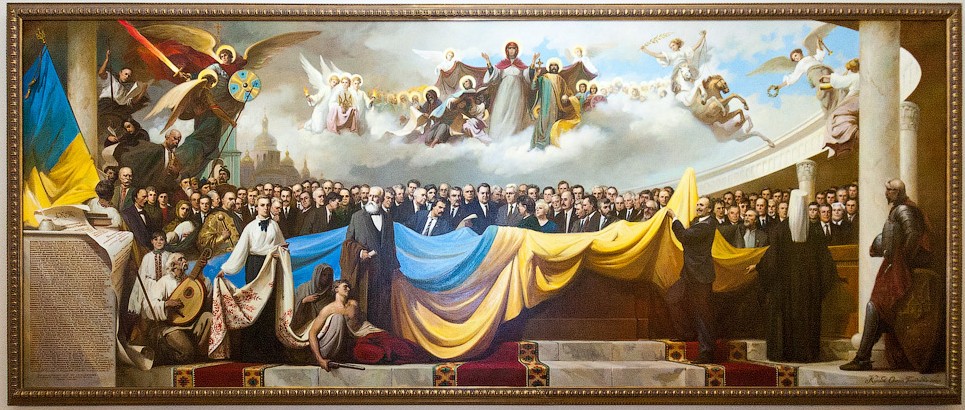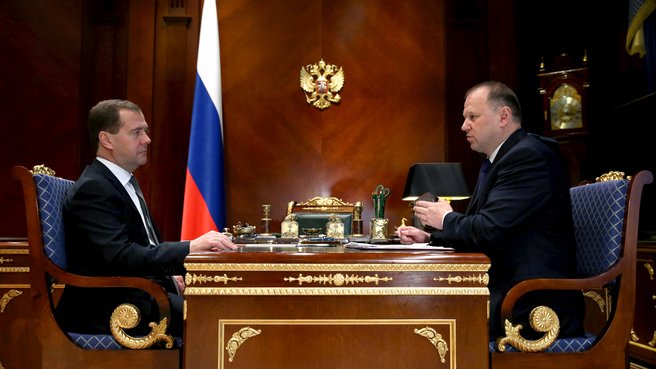- A first question: what is actually happening in Ukraine?
- Douglass North regards this transformation as a conversion from a natural state to an open society.
- Daron Acemoglu and James A. Robinson regard it as a transformation from a society with extractive economic and political institutions to one with inclusive economic and political institutions.
- Karl Marx called it a bourgeois revolution.
- Francis Fukuyama - the establishment of responsible governance.
- Clare Graves regarded this transformation as a shift from the blue-orange mode of thinking [a never-ending quest to find peace and satisfaction] to rationalism.
Landowners, oligarchs and members of the political elite, or whatever we call the beneficiaries, enjoyed opportunities for a better life not because they worked or practiced heroism, and not because of their capital or talent, but because of their higher social status which was generally accepted and acknowledged and was undisputed.
While social upward mobility was usually impossible it was great wealth owned by the privileged class that provided the privileged with their high social status. Politically the Middle Ages was organized in clans centered around the manor arrangement of "patron" - "client" or "overlord" - "vassal." The law and the courts protected the status of the privileged, often applying different principles of justice to different social groups.
States of this era were empires with their colonies and semi-independent regions that consisted of different ethnic groups. A complex hierarchy of relations held it all together.
The people perceived the state as something superior and foreign. They felt they were subjects of the state instead of its citizens. Ethnicity, based on language, culture, a common history, and a common habitat gave the populace a sense of identity while fundamentalism, paternalism, and family values shaped their morality and provided order and stability.
Not surprisingly, these societies lived an agrarian-based life with only the very basic technology and industry that brought little benefit or profit. Usually these societies were incapable of switching from a path of stability onto a path of growth and development, even as their stability was conditional: any kind of hardship significantly reduced the welfare of the people and recovery was long and difficult.
The Modern Age, however, establishes and protects the system of rented capital; correspondingly these socio-economic relations are called capitalism.In the Modern Age the economy is based on free markets, and politics are based on political parties that in turn are rooted in ideologies. The nations of this era are basically nationalist founded on a complex national-political identity oriented on long-term progress and founded on the patriotism and trustworthiness of its citizens who in turn expect a government that is accountable to the citizens.
The citizens' ethics and morality are based on rationalism and are focused on development and progress, a career and education, usually secular, while social mobility is diverse and wide open.
Such societies build up and accumulate enormous shared capital that enables the development of industrial production adding substantial wealth and sophisticated technology and at the same time modernizing agriculture with industrial methods of production.
As a result the worth and value of the broad-spectrum prosperity increases immeasurably and, most importantly, continues to grow with the exception of unforeseen periods of crises. The line of progress in a medieval society rises and falls along a horizontal course while in modern society the course is vertical with steady, stable growth.
In this model when we look at the type of economy Ukraine has, when we examine the politics, the values, and the traits most of the people adopt, we have to conclude that Ukraine is stuck in the late Middle Ages. Nevertheless, there is a minority of the population that differs markedly, striving for a modern society, a society that acts rationally and prefers development and opportunities to order and stability. Polls conducted in 2011 show that a 55% majority wants a paternalistic society while a 15% minority wants a modern society. A vibrant minority determines the direction the country takes while the passive majority determines the tempo the country adopts. Thus along the way toward the Modern Age Ukrainian society finds itself at that intersection where on the one hand new forces have already gathered to bring changes to the economy, to politics, to the way of thinking, and to the culture while on the other hand these new forces are being challenged with the biggest questions and the greatest expectations. The Maidan appeared as a three-pronged revolution for modernization that responds to these challenges and expectations. As has been pointed out many times by Yaroslav Hrytsak, for most Ukrainians modernization is associated with westernization and Europe. Slogans with calls for euro integration were all over the Maidan, the European Union flag was ubiquitous, and the Maidan itself was labeled Euromaidan. The Euromaidan was (more precisely, is, because, as we shall see, it is not over yet) a three-pronged revolution for modernization.- an economic revolution: the middle class was rebelling against neo-feudalism and in favor of free markets instead of the oligarchic economic model;
- a geopolitical revolution: a revolution for national liberation; an anti-imperialist and anti-colonial revolution;
- a revolution of values and attitudes: a revolution of dignity; a revolution bringing to the fore the conflict between the new and the old value systems and thinking paradigms.
- Second question what is really Ukraine's place in the world? What is modern Ukraine supposed to be?
- Question number three: who will actually do all this?


